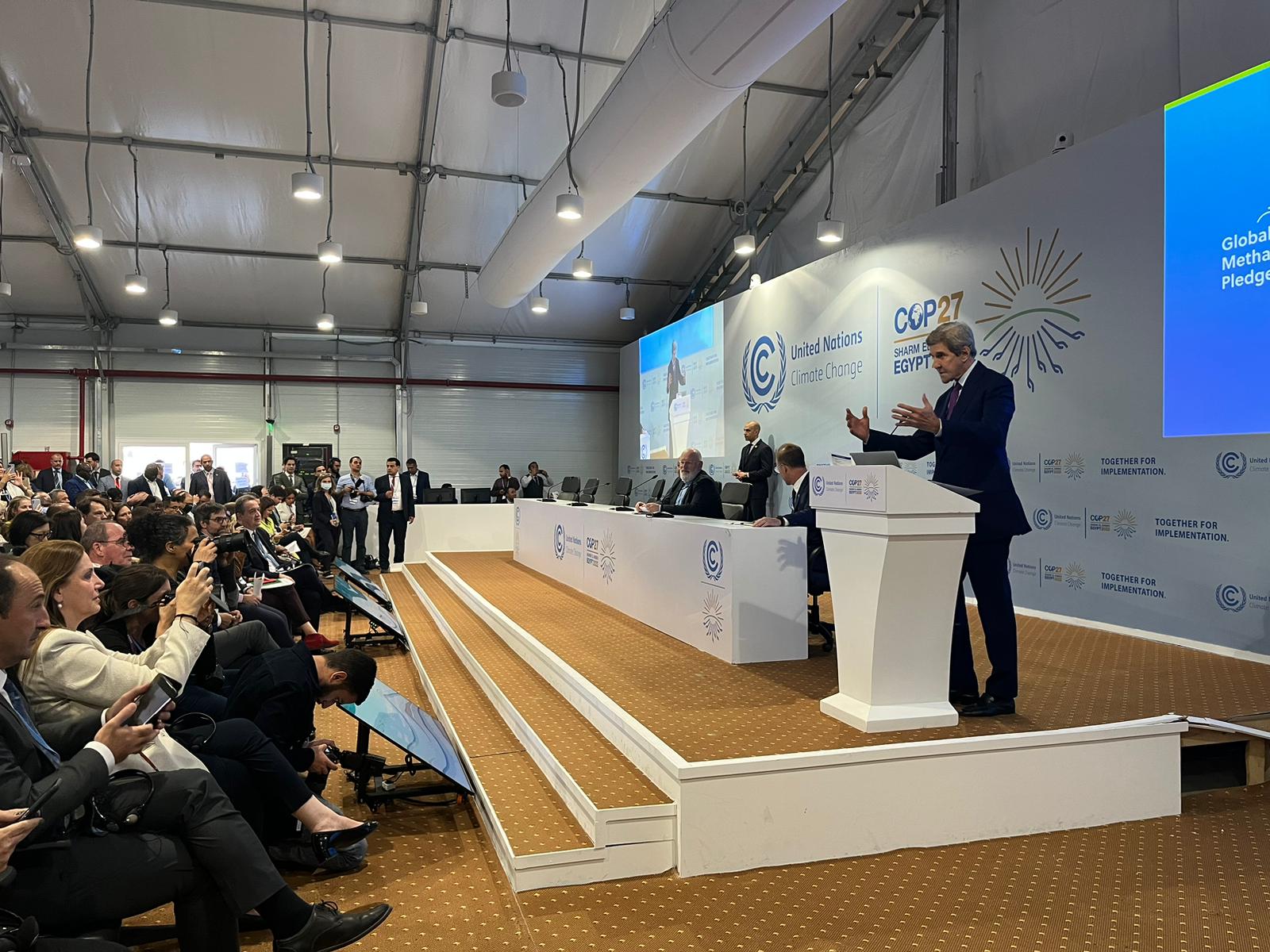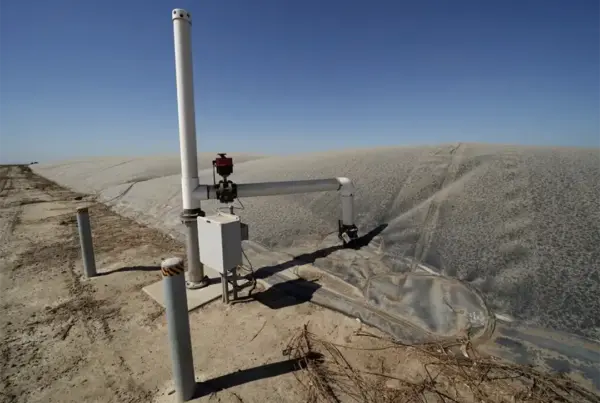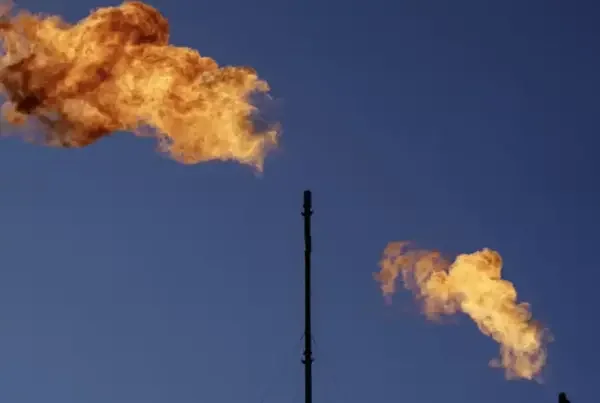SHARM EL-SHEIKH–More of the world is joining an effort to cut methane emissions as a key date for avoiding a climate tipping point is rapidly approaching.
Global methane emissions are on track to rise by up to 13% by 2030, an increase that would make it impossible to meet the Paris Agreement’s target for a maximum 1.5°C temperature increase by 2030. Managing methane emissions are seen as a short-term fix for global warming as a broader effort to decarbonize economies around the world is under way.
With the addition of 20 new countries who have signed on at COP27, bringing the total signatories to 150.
“Together we challenge every country to return at COP28 with a concrete methane plan,” U.S. Climate Envoy John Kerry said. “We are making progress with each major sector in respect to this challenge.”
To date, 50 countries have delivered, are developing, or have committed to delivering plans by COP28 in the United Arab Emirates next year.
“Our focus now must be on implementation,” said Frans Timmermans, vice president of the European Commission. “We’ve made progress to turn a niche technical issue into a movement, and now we must invest in needed infrastructure, improve our accounting, and form new partnerships to reduce emissions across major emitting sectors.”
While it hasn’t yet signed the Global Methane Pledge, Chinese Special Envoy on Climate Change Xie Zhenhua said the country has drafted an action plan for addressing methane emissions. “Under China’s circumstances at the present point, we have a little bit of a way to go,” Xie said, underscoring a need for more data, increased surveillance, and an understanding of the country’s baseline emissions.
Commitments under the pledge come from individual countries, but the target of 30% reduction of emissions by 2030 from 2020 levels is a global one. In this light, the international bodies supporting the pledge launched and announced expanded support for technical assistance, financial facilities, and other resources available to signatories in order to deliver on their ambitions.
Key among those announcements is a plan to provide $400 million in financing through a Green Climate Fund to help dairy producers adopt processes to lower emissions in Kenya, Rwanda, Tanzania and Uganda. Costa Rica, Uruguay, Colombia, Pakistan, and Vietnam.
In the U.S., more than $500 million has been committed for methane reduction projects. Meanwhile the E.U., also is planning to boost budget allocations for climate-related measures.
Achieving the reduction in methane emissions as outlined by the pledge is critical to keeping a 1.5°C target within reach and avoiding global warming that creates unlivable conditions in many regions across the world. Because it causes 80 times the warming compared to the equivalent amount of carbon dioxide over two decades, but lasts in the atmosphere for just over a decade, aggressive and rapid reduction in methane emissions is the only feasible means of slowing warming in the near-term.
Anthropogenic methane emissions primarily come from agriculture, fossil fuels, and waste. These sectors provide three pathways through which to cut global emissions and meet 2030 climate targets.
Ultimately, pledges are meaningless without action. Verifiable follow-through on commitments made by the global community and individual countries are essential to meeting the promise of pledges.
Cutting the world’s reliance on fossil fuels is the low-hanging fruit, the quickest opportunity to drastically cut methane emissions while the world works toward decarbonization.
Emissions increases must end by 2025 to prevent irreparable environmental damage, the Intergovernmental Panel on Climate Change said in a report released early this year. That report called out fossil fuel projects in the pipeline as more than the climate can handle, describing a a continued reliance on fossil fuels as a “journey to “climate hell.”



